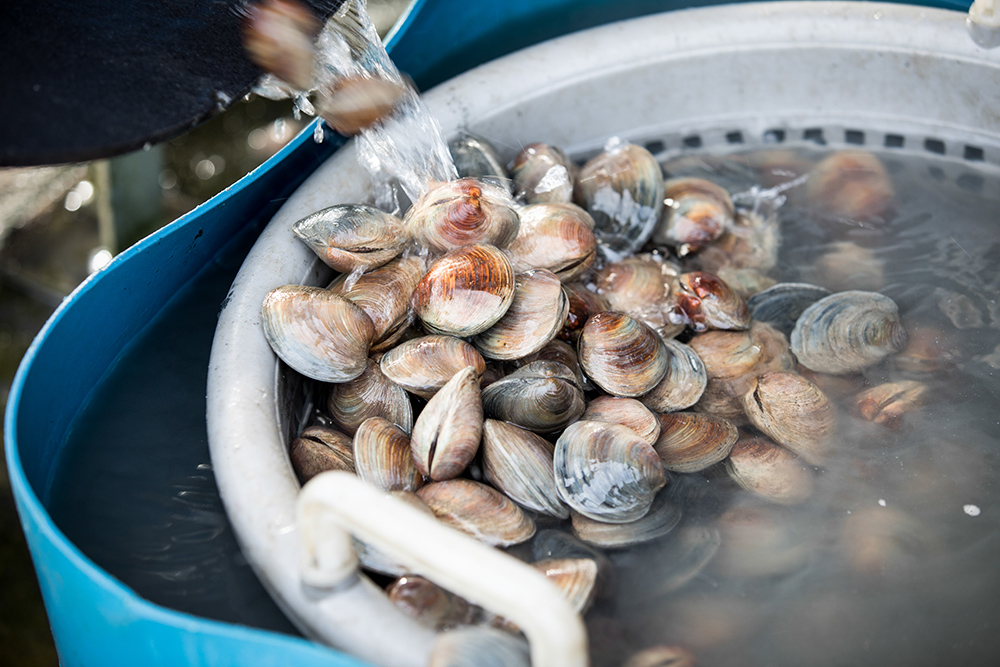There's nothing as inviting as a warm, cozy bed on a cold winter night. That's what your landscape plants would be saying if they could talk, reminding you not to forget them as winter approaches.
It's time to throw another log on the fire, check the antifreeze, protect the outdoor pipes and put your landscape plants to bed for winter.
While the tops of landscape plants go dormant for the winter, roots don't have such luxury. They continue to grow all winter.
But active growth also means the roots aren't able to acclimate to cold and can easily be damaged if not provided extra insulation.
Studies have shown that the roots of Southern magnolia, for instance, can be killed at around 25 degrees, while the roots of pyracantha and dwarf yaupon holly can be killed at 20 degrees.
Our soil seldom gets this cold, but who wants to take a chance? Prevention is as easy as one-two-mulch.
One of the best winter antifreezes for the landscape is as close as your own backyard: fall leaves. Three to five inches of leaves placed over the soil will keep plant roots toasty warm this winter.
The key to success with leaves as a mulch is to reduce their size by shredding them. Shredded leaves don't blow around like whole leaves.
If you don't have a shredder, simply place the leaves in small windrows about one foot high and two feet wide. Then, with the lawn mower wheels in the highest setting, run over the row a time or two.
A bagging attachment, or a nearby tarp, can collect the shredded leaves, which make a fine-textured mulch of exceptional merit.
Use shredded leaves as a mulch under trees, shrubs, annuals and perennials. There is no limit to their landscape uses.
I've used fall leaves to overwinter begonias, petunias and lantana in my Athens landscape. These plants will perennialize throughout most of Georgia if you provide them winter protection.
After the first killing frost, I cut them back to the ground, cover them with at least five inches of shredded leaves (more if you have them), then leave them undisturbed until the next April.
With a well-established root system, the plants will usually come back bigger and better than ever. It certainly is a cost-effective alternative to replanting each year.
Fall leaves are also affordable insurance against damage to tender tropicals and prized roses.
When temperatures are forecast to drop into single digits, place a cylinder of chicken wire around tender plants. Make it two to three times wider than the plants and at least a foot or two taller.
Then fill the cylinder with leaves, packing them lightly and carefully to insure extra insulation.
Remove the cylinder and leaves when the weather warms above freezing.
Fall leaves chopped into the fall vegetable garden will become rich dark humus by next spring. Black gold will result when leaves are added to the compost pile.
And if you don't like the looks of leaves as a mulch, use them as a base under pine straw or bark mulch, reducing the amount of other mulch needed and saving you money.
Once you learn to appreciate fall leaves, you may be tempted to become a leaf marauder like me, traveling deserted city streets at night, collecting bags of leaves others have discarded at curbside.
An occasional bag of real garbage mixed in is a small price to pay for a cozy blanket for my winter landscape. I can't understand why anyone would let their leaves leave home.






